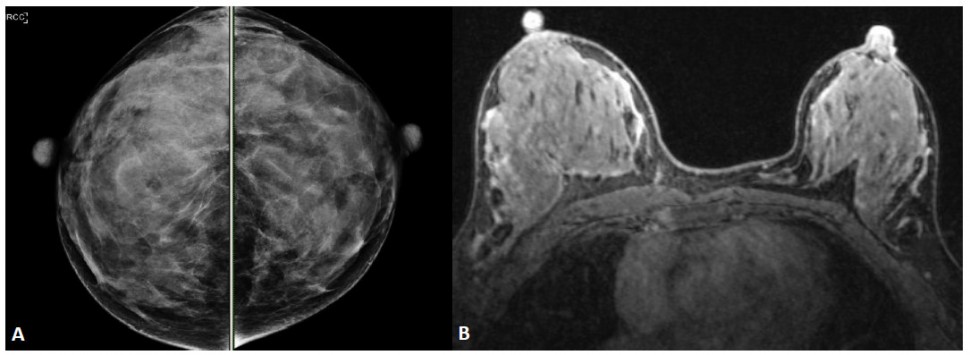June 15, 2016 - RANKL (receptor activator of NF-κB ligand) a viable strategy for the possible prevention of breast cancer in BRCA1 mutant patients, according to a recent study published in Nature.1
Breast cancer affects approximately one in eight women during their life-time. In addition to environmental triggers and hormones, inherited mutations in the breast cancer 1 (BRCA1) or BRCA2 genes markedly increase the risk for the development of breast cancer.
Researchers have found in genetic mouse models that RANKL/RANK control progestin-driven mammary cancer2,3 RANK signaling acts on progenitor cells, which are also believed to be “seed cells” for triple-negative breast cancer in carriers with BRCA1/2 mutations.4 The researchers hypothesized that RANKL/RANK might have a role in the etiology of BRCA1/2 mutation-driven breast cancer.
Using two different mouse models, the researchers found genetic inactivation of the key osteoclast differentiation factor RANK in the mammary epithelium markedly delayed onset, reduced incidence, and attenuated progression of Brca1;p53 mutation-driven mammary cancer. Long-term pharmacological inhibition of the RANK ligand RANKL in mice abolished the occurrence of Brca1 mutation-driven pre-neoplastic lesions. In addition, genome variations within the RANK locus were significantly associated with risk of developing breast cancer in women with BRCA1 mutations.
Based on these findings, they concluded that RANKL/RANK control progenitor cell expansion and tumorigenesis in inherited breast cancer. These results present a viable strategy for the possible prevention of breast cancer in BRCA1 mutant patients.

Figure: BRCA1 and BRCA2 mutations are responsible for 40-50% of all familial cancers. With the additional increased risk of breast cancer associated with mammographic screening (albeit minimal), potentially dense breast tissue in the younger patient, and the need for increased sensitivity in the evaluation of these patients, MRI has become accepted as an integral part of surveillance in the high risk population.
References
- Sigl V, Owusu-Boaitey K, Joshi PA, et al. RANKL/RANK control Brca1 mutation-driven mammary tumors. Nature. http://www.nature.com/cr/journal/vaop/ncurrent/full/cr201669a.html. May 31 2016; doi: 10.1038/cr.2016.69.
- Widschwendter M, Rosenthal AN, Philpott S, et al. The sex hormone system in carriers of BRCA1/2 mutations: a case-control study. Lancet Oncol 2013; 14:1226–1232.
- Poole AJ, Li Y, Kim Y, Lin SC, Lee WH, Lee EY. Prevention of Brca1-mediated mammary tumorigenesis in mice by a progesterone antagonist. Science 2006; 314:1467–1470.
- Dougall WC, Glaccum M, Charrier K, et al. RANK is essential for osteoclast and lymph node development. Genes Dev 1999; 13:2412–2424.
- Walters MS, Lennard Nadalo L. MRI Breast Clinical Indications: A Comprehensive Review. American Osteopathic College of Radiology. http://www.aocr.org/page/z192. zJAOCR Article [Breast Imaging: MRI Breast Clinical Indications: A Comprehensive Review] [01/15/13]




